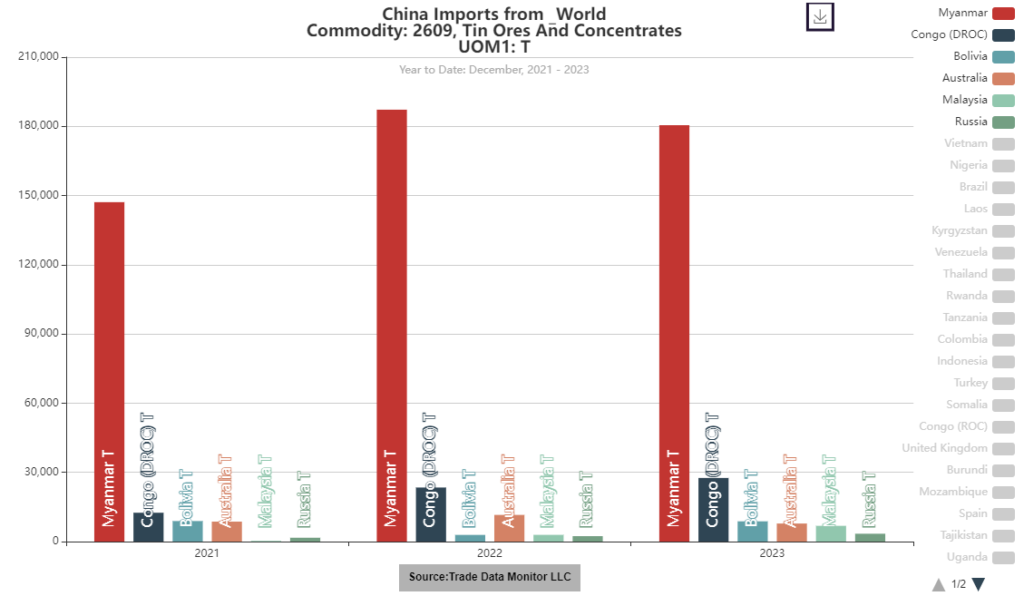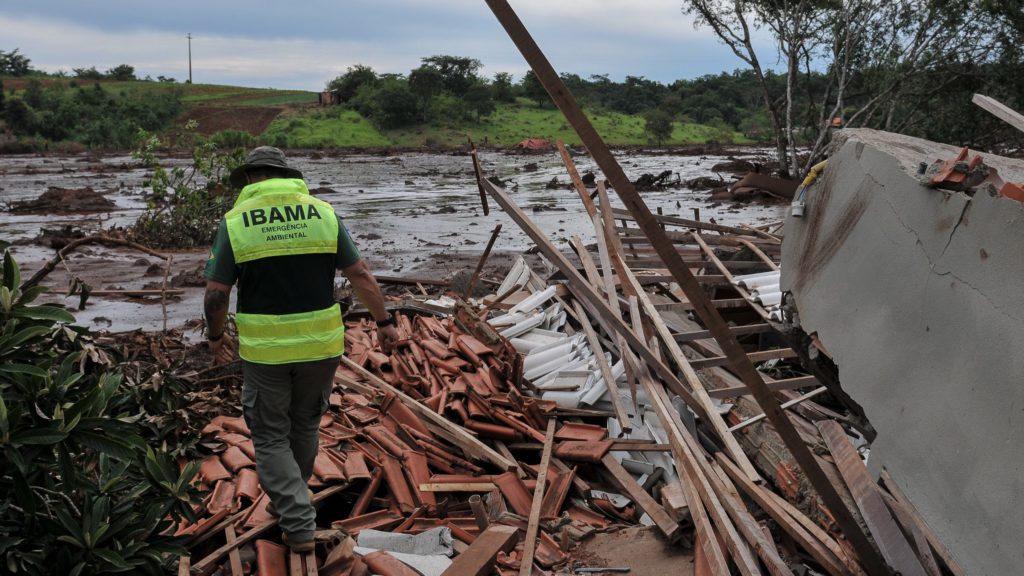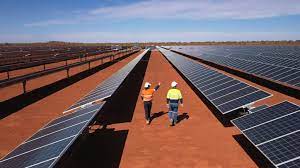Some First Nations still opposed to development as need for critical minerals grows
CBC Indigenous: As the demand for critical minerals grows, the CEO of the main company involved in northern Ontario’s Ring of Fire says it’s developing a nickel deposit that could be producing minerals for two decades.
Wyloo Metals CEO Kristan Straub gave the update Tuesday in a speech to business leaders in Thunder Bay, where he outlined the company’s plans for the Ring of Fire and discussed how his company is engaging with First Nations in the region now and into the future.
“[Eagle’s Nest] is Canada’s best opportunity for a new nickel sulphide deposit,” Straub said.
Straub was speaking about Wyloo’s Eagles Nest site, approximately 500 kilometers northeast of Thunder Bay. Of all the company’s mining hopes in northern Ontario’s Ring of Fire mineral deposit, he said this site is where it is choosing to develop first. It’s the most promising discovery and the mining project closest to production in the region.
Eagle’s Nest would produce 15,000 tons of nickel annually for an expected 20 years, said Straub.
Wyloo metals, (formerly known as Ring of Fire Metals and Noront Resources) is an Australian-based mining giant ultimately controlled by billionaire Andrew Forrest. The company holds the majority of established mining claims in the region, which it says contains minerals worth around $90 billion.
Thousands protest mining exploration on Indigenous land in Ontario
WATCH | Protest against mineral development draws thousands to Queen’s Park: 4 months ago – Duration 2:01

Thousands of Indigenous people people gathered at the Ontario Legislature to demand a face-to-face meeting with Premier Doug Ford. They say the province has allowed thousands of mining applications without their knowledge or consent.
Click on the following link to view the video:
https://www.cbc.ca/news/canada/thunder-bay/wyloo-metals-ceo-update-1.7092369
The province considers nine First Nations to be within the Ring of Fire– and Wyloo has promises for them. Straub said the company is aiming for a workforce composed of at least 50 per cent Indigenous employees, and plans to award millions of dollars of contracts to local, Indigenous-owned businesses willing to collaborate.
Two of those First Nations — Webequie and Marten Falls — have signed memorandums of understanding with Wyloo, and they are both leading an environmental assessment on a proposed road to the Ring of Fire, Straub said. Ontario approves environmental assessment terms of reference for 3rd and final road to Ring of Fire
Consultations continue as 2 First Nations work toward road to Ring of Fire in northern Ontario
The Northern Road Link project would connect two other proposed roads: one is an access road that will connect the community with the provincial highway system to the south. The second project is the so-called “Northern Road Link” that would lead to a proposed Ring of Fire mining site known as Eagle’s Nest.
The Northern Road Link is being touted as a critical lifeline. For prospectors, it would provide a pathway to minerals needed to build the electric vehicle batteries that are hoped to fuel Canada’s green economy.

For Webequie and Marten Falls, it’s hoped to bring wide-scale economic development and better access to goods and services.
“Webequie and Marten Falls are definitely the two closest First Nations in a nearby framework, and those are the two that we continue to work with,” said Straub. “The First Nations that are in the region around, we’ll look to build the support and the collaboration with them. Ultimately that’s their decision whether they partner in or not.”
While other First Nations say they respect Webequie and Marten Falls’ position, many aren’t willing to go along with development just yet.
Resistance from some First Nations in northwestern Ontario
There’s been pushback surrounding mining in the Ring of Fire and how consultations with Indigenous communities are handled, with recent rallies led by members of the First Nations Land Defence Alliance at Queen’s Park.
Last summer, 10 First Nations from Treaty 9 filed a lawsuit against Ontario and the federal government to fundamentally change the way resources and land management decisions are made in the region. That case is early on in the court process.
The Ojibways of Onigaming are the latest nation to join the Land Defence Alliance. Elected Chief Jeff Copenace said they signed on for strength in numbers he hopes will protect their lands and waters.
“We’re not going to stand by idly and let you destroy our lakes as our young people are dying,” said Copenace. “If you’re not going to help save our lives… then you can’t have access to land and waters.”
https://www.cbc.ca/news/canada/thunder-bay/wyloo-metals-ceo-update-1.7092369
Like many northern Ontario First Nations, Onigaming has declared a state of emergency as youth suffer from mental health issues, addiction and suicide. Copenace said he can remember at least 32 community members who have died over just the past 2.5 years– which is felt heavily by the reserve of 490. Inside the battle over Ontario’s Ring of Fire
Mining claims jump in northern Ontario’s Ring of Fire as EV battery interest grows
First Nations leaders demand equal partnership in Ottawa’s ‘broken’ regional assessment for Ring of Fire
Onigaming plans to develop a youth crisis center and recreation multiplex, in hopes it will help struggling community members. The recreation center will also provide a much-needed space to hold the community’s many funerals.
“We’ve been doing them in the school and we just made a decision this past year not to do them in the school anymore because of how heavily we’re traumatizing the children,” said Copenace.
Responding to the state of emergency means there is little bandwidth left for resource negotiation, he said. “It’s impossible for us to come to the table because we’re always having funerals, because we’re always dealing with young people that are suicidal,” said Copenace.
ABOUT THE AUTHOR
Michelle Allan, Reporter
Michelle Allan is a reporter at CBC Thunder Bay. She’s worked with the CBC’s Investigative Unit, CBC Ottawa and ran a pop-up bureau in Kingston. She won a 2021 Canadian Association of Journalists national award for investigative reporting. You can reach her at michelle.allan@cbc.ca.
















